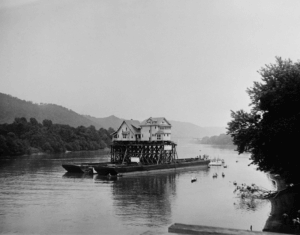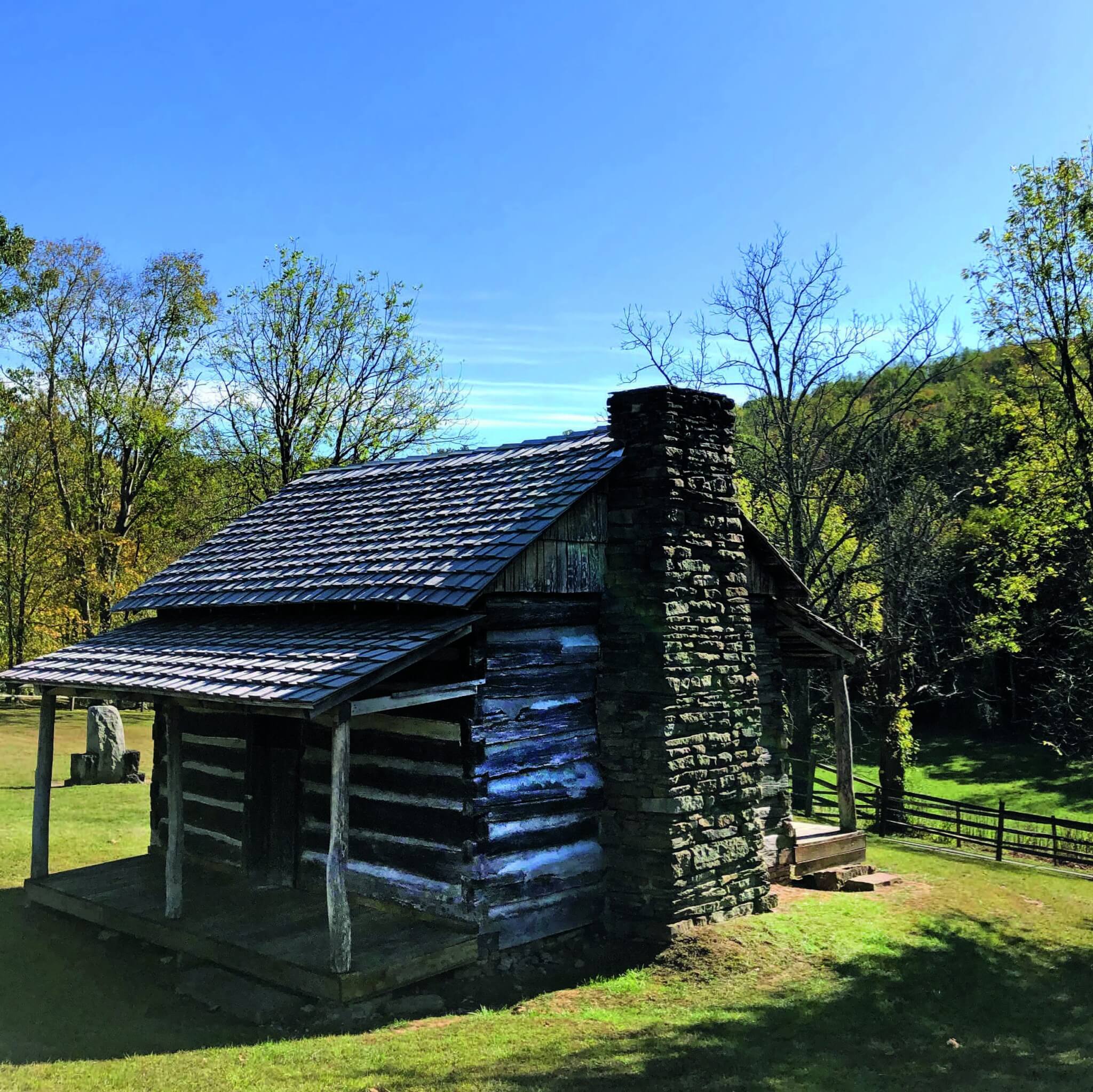
Watters Smith Memorial State Park has a colorful 225-year history.
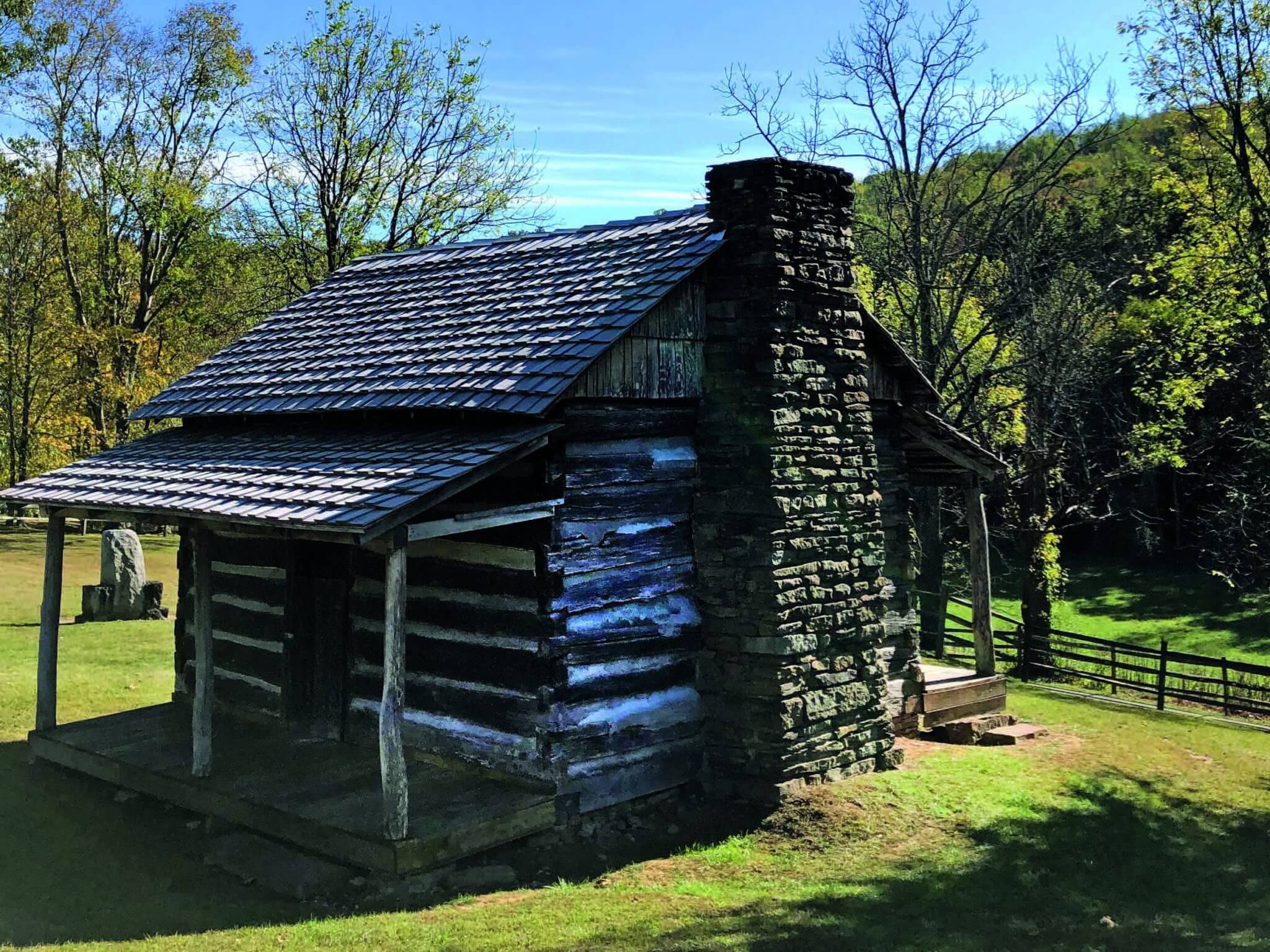
This story was originally published in the September 2021 issue of Wonderful West Virginia. To subscribe, visit wonderfulwv.com.
Written by Clay Abney
Photographed by Nikki Bowman Mills
Upon his death in 1949, Burr Smith, great-grandson of Watters Smith, willed his family farm of 236 acres to the state. His instructions were that it must be preserved as a park honoring the legacy of the family patriarch. Nearly 25 years later, the park would more than double in size when Rachel Smith Hershey, great-granddaughter of Watters, willed her adjoining farm to the state upon her death. But to truly understand the magnitude and importance of the family’s gifts and the acceptance protocol, you need to travel back more than 200 years to the beginning.
The Beginning
Watters Smith was born in 1767 in New Jersey, the son of an English immigrant. And while most westbound pioneers stuck to the conventional paths that skirted modern-day West Virginia to the north or south, avoiding the difficult mountainous terrain, Watters Smith’s father, Thomas, was an exception. In 1787, he purchased a 1,000-acre tract of land in Harrison County, Commonwealth of Virginia.
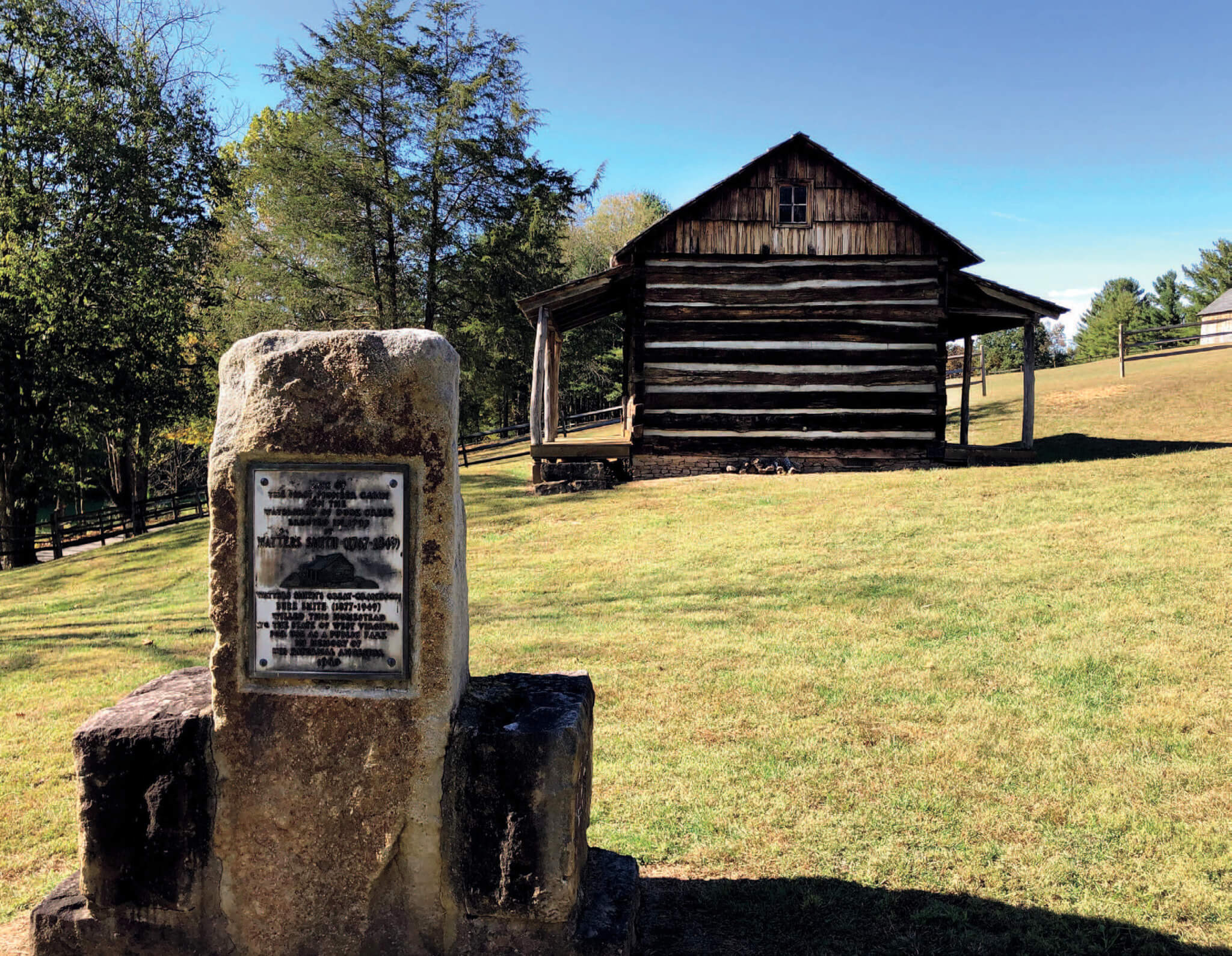
Just five years later, Watters Smith, now in his mid-20s, purchased 112 acres that adjoined his father’s property for £60. By modern standards, he would have paid nearly three dollars per acre, a hefty sum of the day. Even though he was a landowner in 1792, it would be another four years before the now-married Smith and his wife, Elizabeth, would move to the parcel to carve out their life in this rugged wilderness. Finally, Smith, his wife—pregnant with their second child—and their toddler daughter, Sarah, made the formidable journey south through Pennsylvania to their beckoning homestead.
The young family faced endless work at their new home. The first order of business would be to clear some land, plant a quick garden, and build a cabin before the impending winter. They succeeded and, over the following 12 years, the family of three grew into one of 10.
After those early years of struggle to survive, the Smith family began to thrive. They expanded the farm, helped organize a church, and sent their children to a schoolhouse near the homestead.
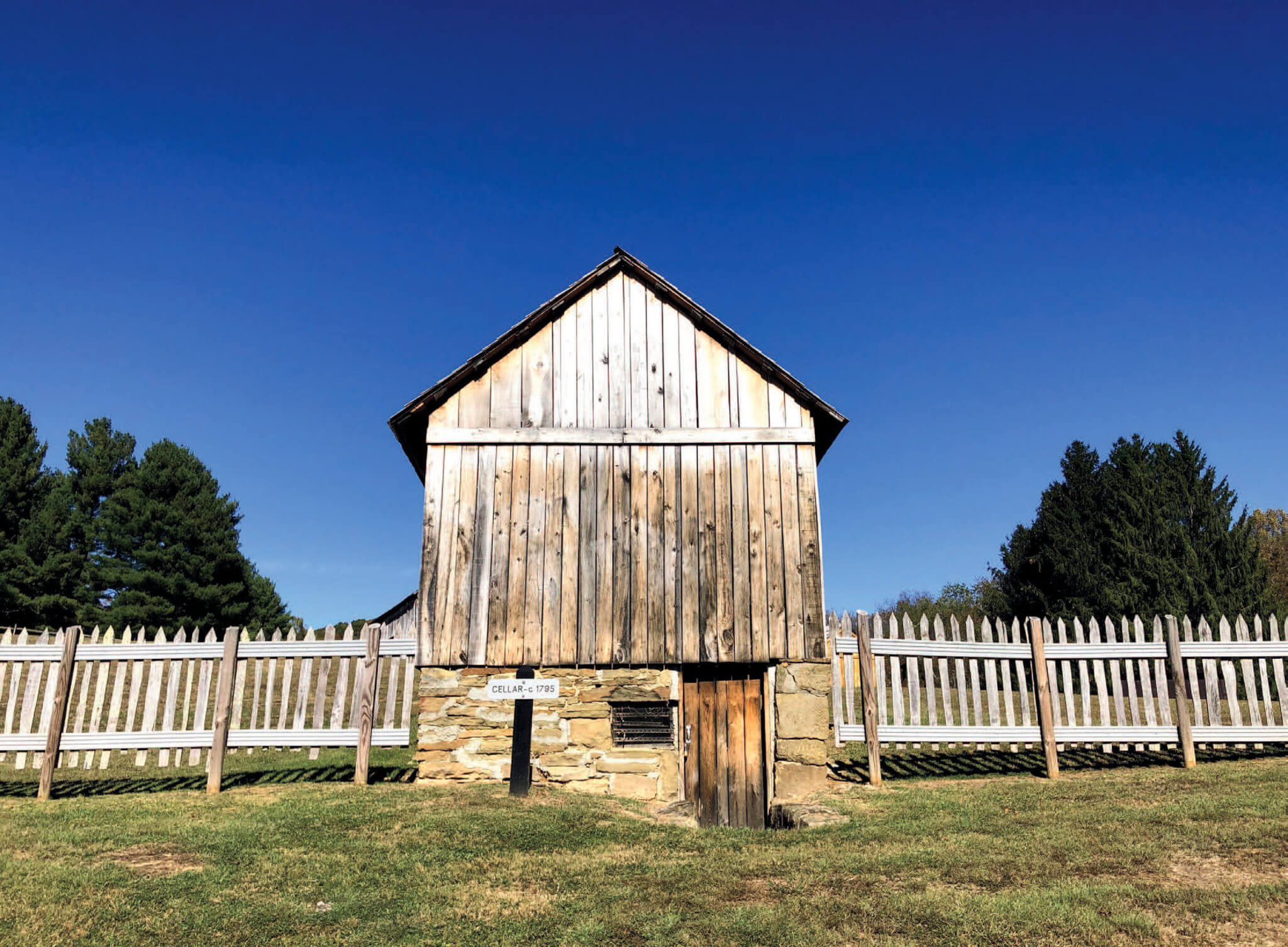
It can be hard for us now to imagine how a growing family could create this microcosm from scratch in the late 18th century without the aid of modern machinery and tools. If the land could talk, it would surely tell tales of the axe blows that felled the trees that built original cabin and barn or the passes of the plow that cut the soil to make way for the crops that fed the family.
Watters Smith watched his large family grow on this land before his death in 1849, the result of a farming accident. He was sorely grieved by all.
Traveling Back in Time
It was a century after his death when Watters Smith’s great-grandson gifted the virgin wilderness–turned prosperous frontier homestead to the state. While the original cabin that Smith and his wife built from the timber harvested from the land is gone, many of the structures have survived. They speak to the past and the family’s life there.
The walk back in time begins at the park’s visitor center. Visitors catch a glimpse into the past through many antiques gifted to the state and park after the death of Rachel Smith Hershey. In the museum, memorabilia including the family Bible, a jury summons, deeds, and home furnishings, some which are thought to have accompanied the young family on their pilgrimage from Pennsylvania in 1796, are all now part of the park’s permanent collection.
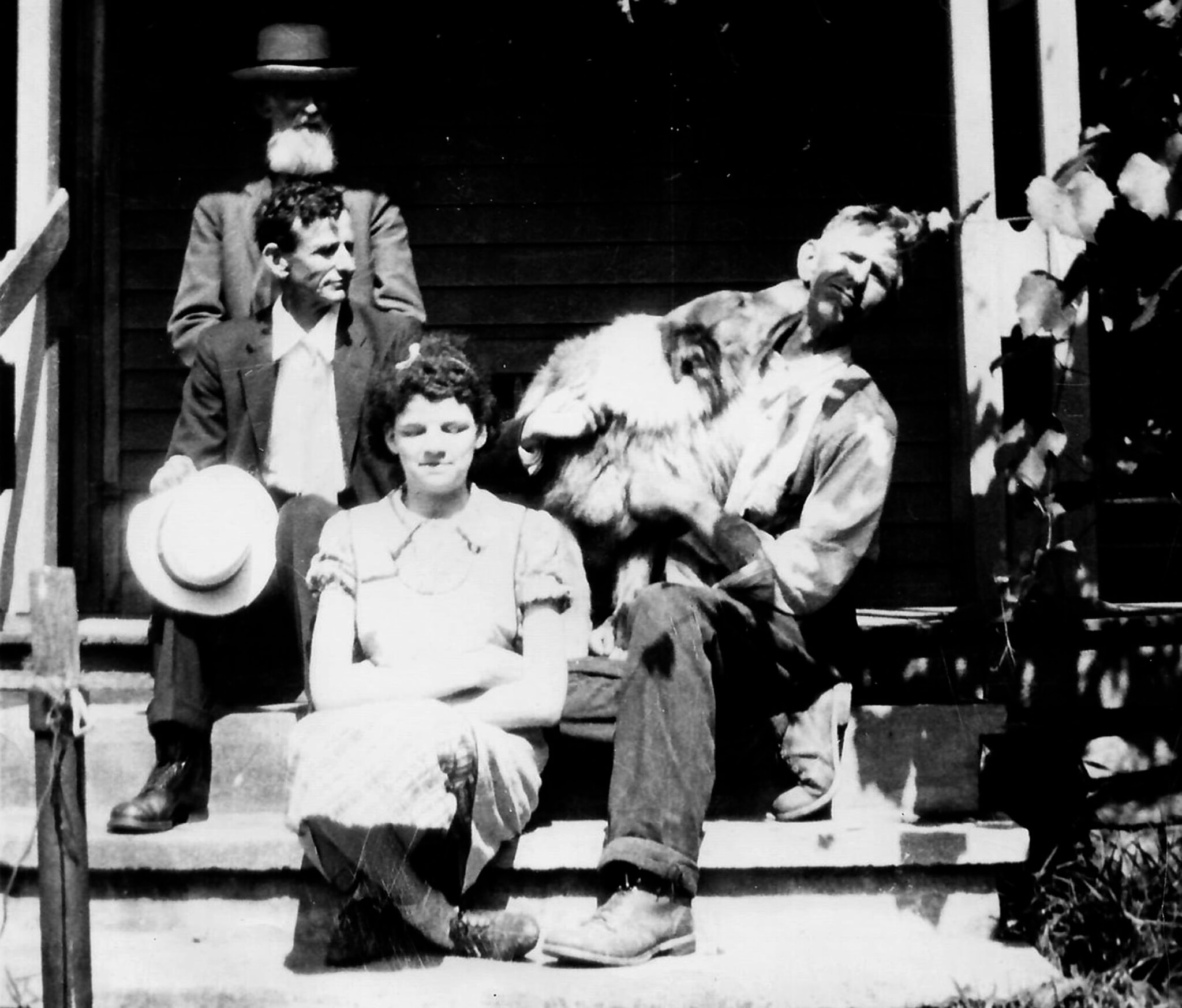
As pioneer homesteaders, if the Smith family needed something, they made it, grew it, or did without. Visitors to today’s park meander from the center to the farmhouse and outbuildings that were a necessity in this rugged environment. Other buildings within the park include:
Barn The oldest existing structure on the farm, built in 1835. This was likely the second most important structure after the family home, as it housed the livestock and equipment during the extreme winter months.
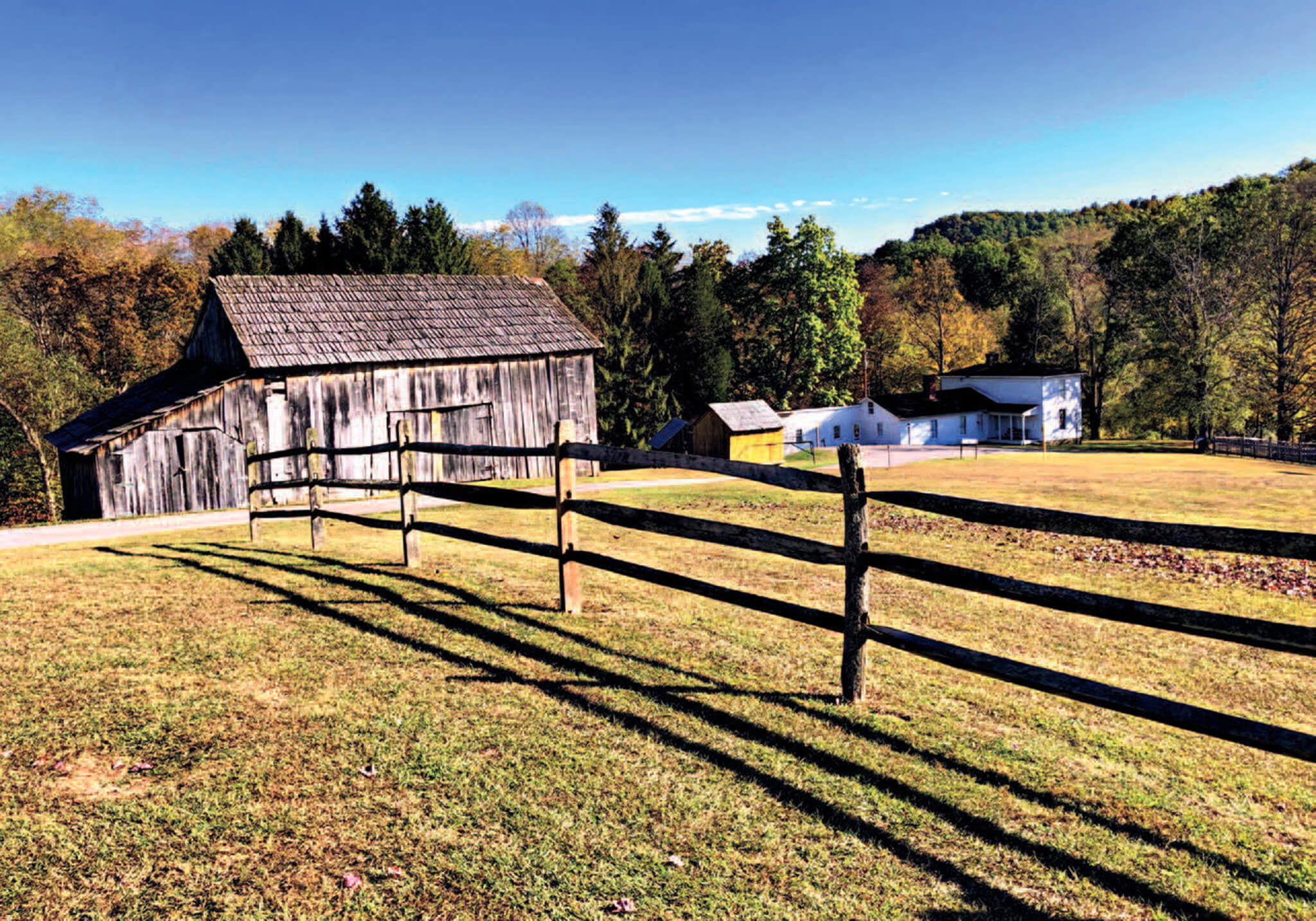
Mill room This was used for storing feed for the livestock. Corn crib Exactly as the name implies, the corn crib was a raised bin used to store corn that was dried after the harvest and used through the fall and winter by the family to make cornmeal and to feed livestock when fields were bare.
Hog pen Protecting livestock was essential to survival on the frontier. The hog pen was built around 1840 and was used to protect the family’s hogs from predators, ensuring the family would have meat.
Smokehouse Preserving meat was imperative to prevent spoiling and to provide an ample supply of protein and fat through the year. The smokehouse was fortified to protect its contents from theft while the meat was cured. Curing was the only way to preserve meat, and it involved heavily salting the meat and smoking it for later use.
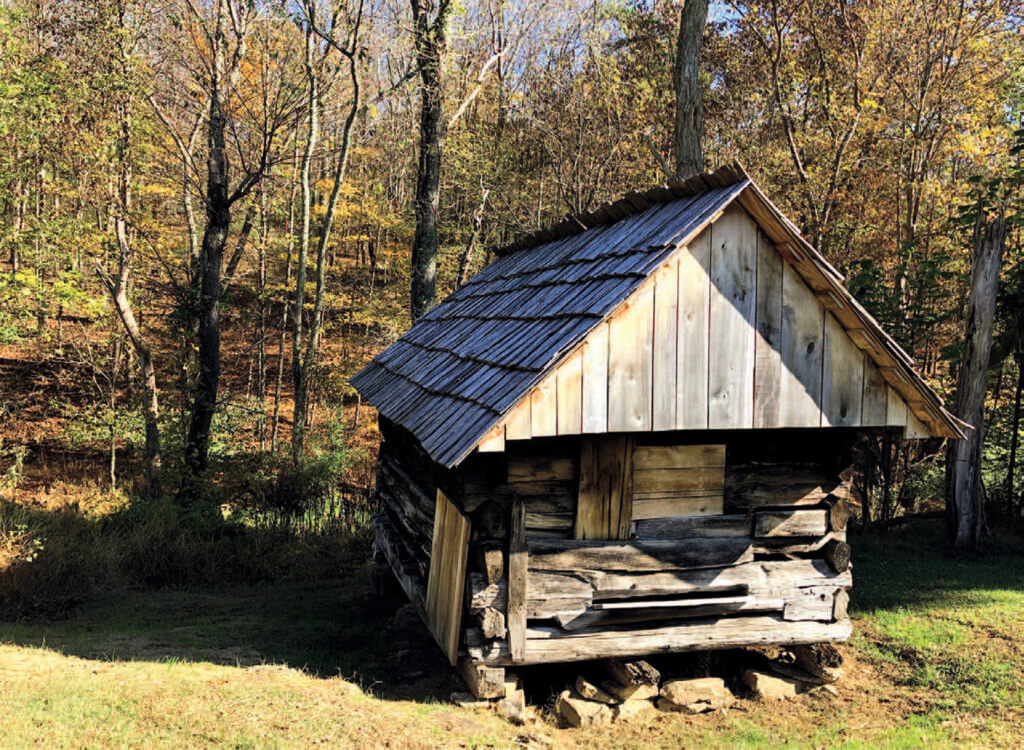
The Smokehouse 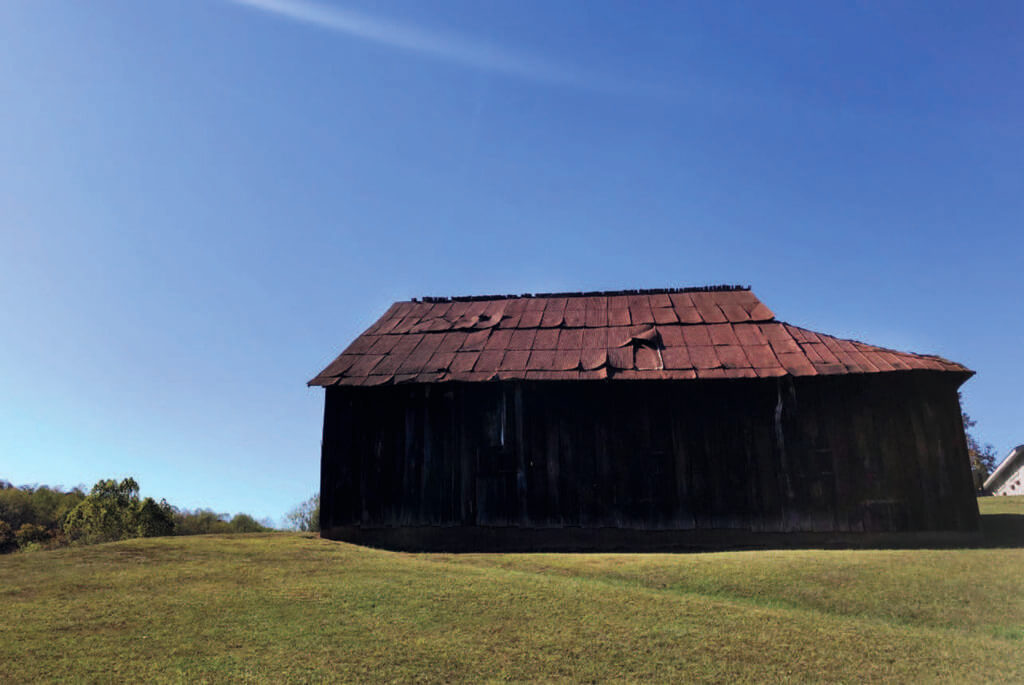
The storage barn was previously surrounded by fenced pastures
Second Smith home Built in 1876 to replace the original log cabin, the farmhouse now serves as another museum and contains many family heirlooms passed down through subsequent generations.
Reconstructed log cabin While not original to the property, this log cabin was reconstructed on the site of where the first Smith home stood as a representation of what it looked like more than 200 years ago.
Woodworking and blacksmith shop and the cellar The woodworking shop sits atop the stone-lined cellar. Tools had to be made or repaired on site. Farm equipment and home furnishings were both created and repaired within these walls. Located beneath the woodworking shop, the cellar was indispensable as early refrigeration on the farm. The lower temperature belowground extended the edibility of fruits, vegetables, dairy, and meats. The blacksmith shop on the frontier was fundamental in creating and repairing all essentials needed to keep the farm operational.
Storage barn and fenced pastures This barn was added later in the farm’s history and was used to store extra feed and hay for use during the winter. Livestock was fenced in to both protect the animals and to prevent wandering.
The Homestead Today
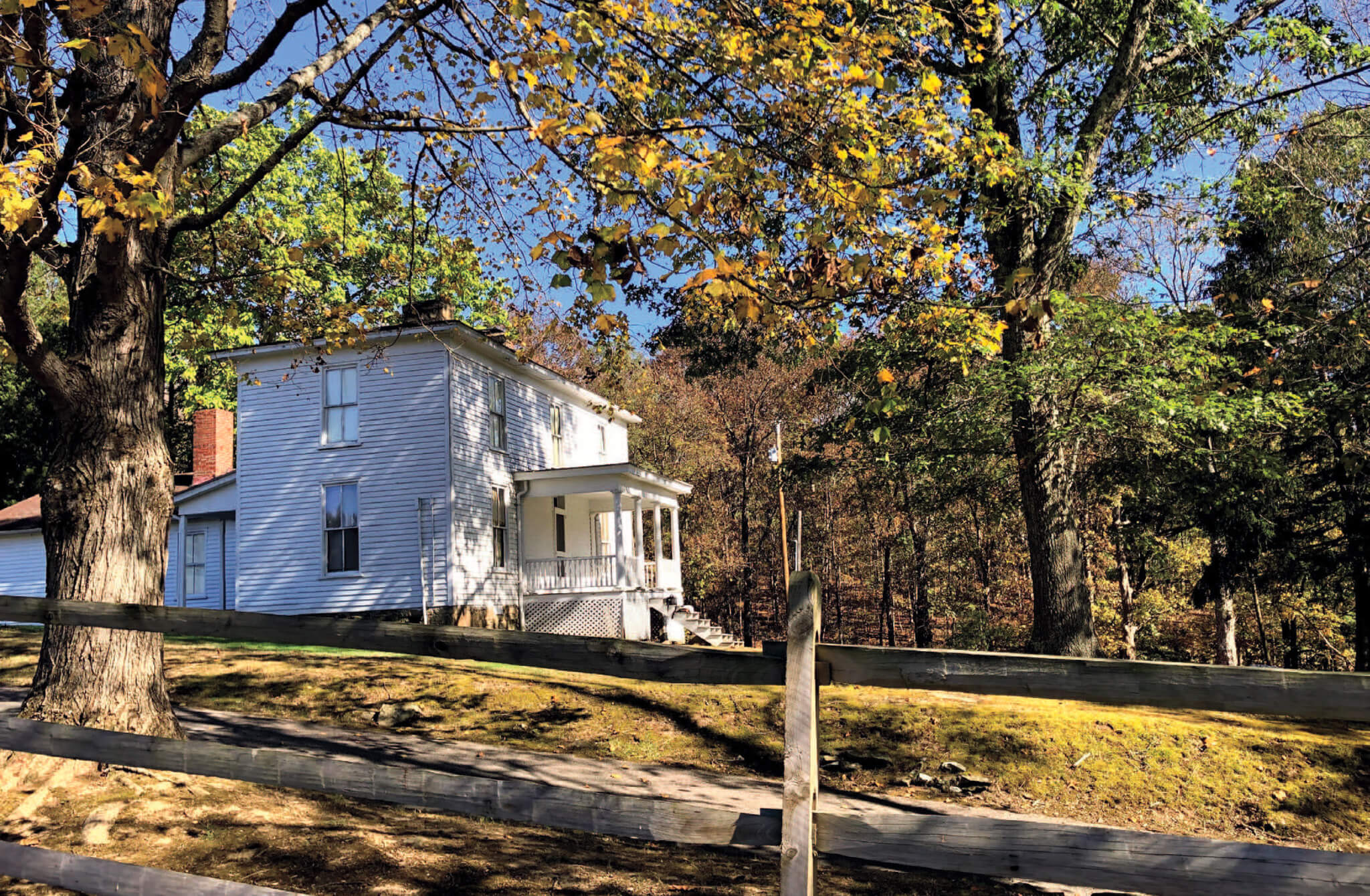
Located just south of Clarksburg, the 532-acre park is on the National Register of Historic Places due to its significance to the state’s early history.
Some of the buildings within the park are approaching 200 years old, and time and the elements take their toll. It’s an ongoing effort to maintain and preserve them for future generations to enjoy and explore. “Since 2017, the park has restored and repaired nine of the historic buildings,” Superintendent Bennett says. “Many of these structures have had restored siding, roofs, and other structural repairs.” Workers are currently replacing the siding on the 145 year-old Smith House, and the 1835 log barn will undergo repairs in 2021 and 2022.
In September 2020, the park’s attendance was up by 5,000 guests compared with the previous year, according to Bennett. “We attribute that to the 15 miles of hiking and biking trails within the park, including a new mountain bike trail—the Barn Burner.”
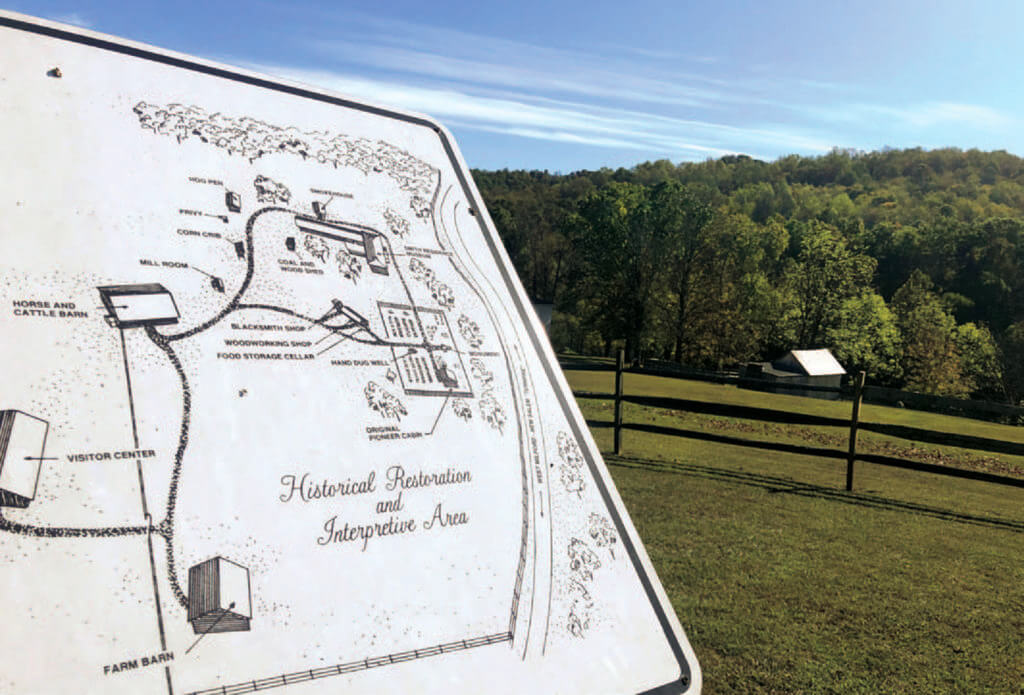
The park is full of historic structures central to daily life on the farm. 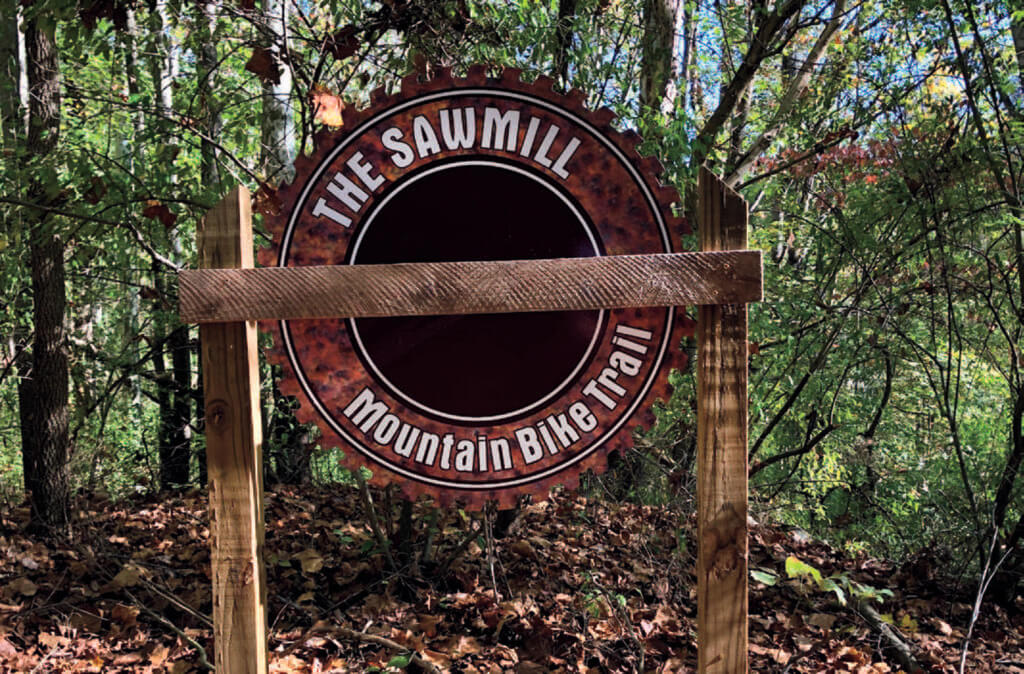
Bring your bike and try out The Sawmill trail.
Other amenities at Watters Smith Memorial State Park include reservable picnic shelters, an activity building for small meetings, and photography opportunities. Bird enthusiasts will appreciate the park as a haven for countless species that call the farm home. There’s a running list of birds spotted on the property, and park staff are eager to add new sightings to the list.
And while the farm has a lengthy past that precedes running water and electricity, today’s park offers guests a glimpse into history while offering 21st century amenities, including Wi-Fi.



